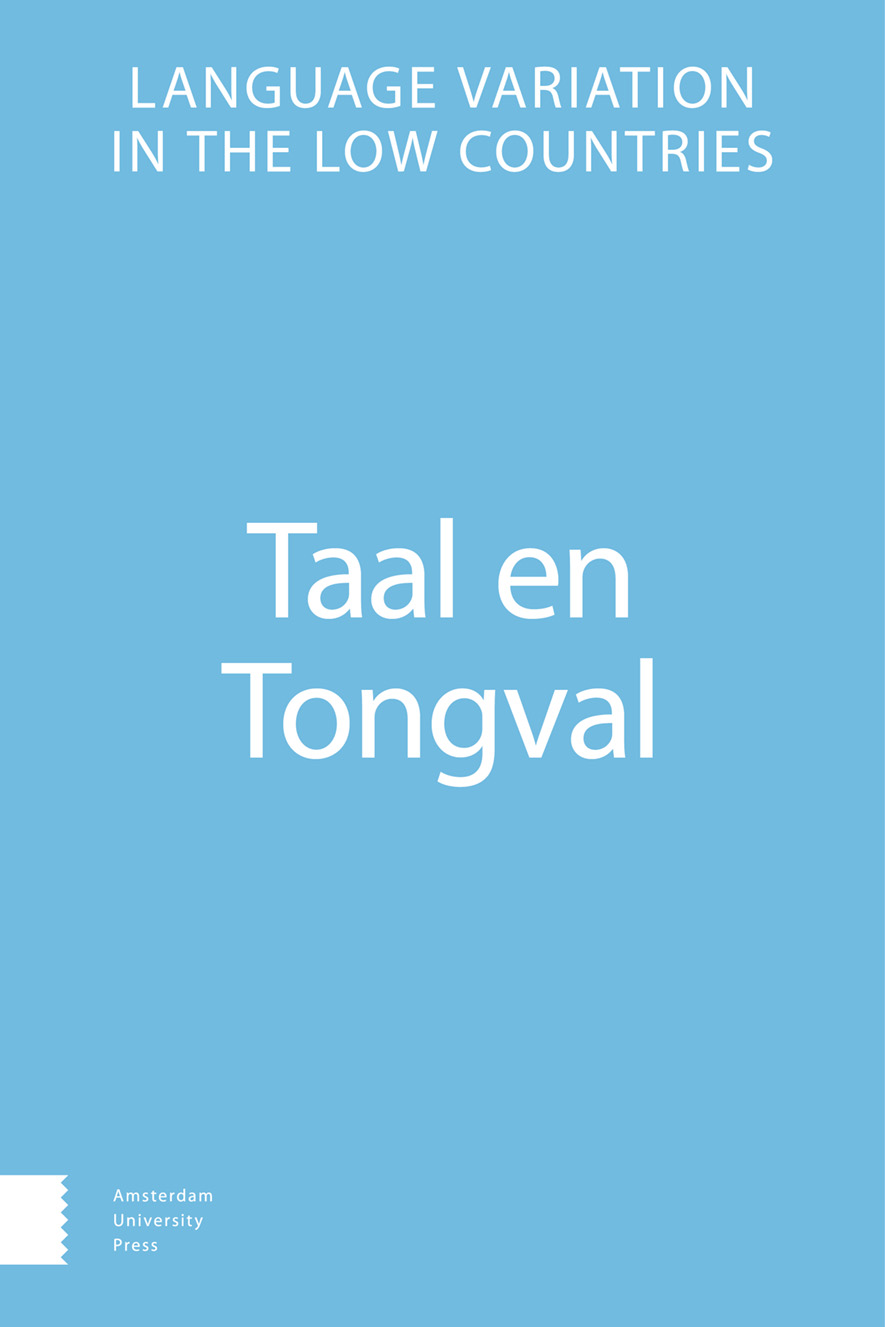-
oa Doukhobor Russian (South East Slavic), Salish (Sinixt, SENĆOŦEN [Sənčáθən, Sénəčqən]), Standard Russian, Ritual Language, ქართული ენა [kharthuli εna, Kartvelian], and Altaic (Turco-Tataric – татарлар)
The Language(s) of the Doukhobors of Canada
- Amsterdam University Press
- Source: Taal en Tongval, Volume 71, Issue 2, 2019, p. 207 - 229
-
- 01 Mar 2020
Abstract
Due to the 250-year status of their language as an oral language (but see below the reference to Georg Brandes [1888]) the only hard evidence we have just what the Doukhobors’ language was like, are the interviews conducted with Doukhobor elders in the 1960’s, i.e., those speakers who had brought the language with them in their mass migration to Canada in 1899. Some glimpses can also be gained by the study of their ritual texts (psalms, prayers, and hymns) that fortunately had been collected and written down in the early 20th century by the Bolshevik Russian land surveyor in a book called Životnaja Kniga duxoborcev (Bonč-Bruevič, Vladimir. 1909 [1954].) There is a debate as to how the title of this book is best translated into English, The Book of Life or The Living Book. I believe that The Living Book currently has the edge. Before being collected and written down, this book was also oral, and much of the language reflected the spoken practice (Schaarschmidt 1995). At all times, the illiterate Doukhobors had access to members of their community that performed the written tasks for them, such as dealing with the bureaucracy of the Russian Empire. And because of their forced move from the Crimea to Transcaucasia, the Doukhobors’ previous exclusive contacts with South Russian now faced Russian-Turco-Tataric bilingualism. The latter can still be traced rather easily: of the ever decreasing number of elders in their seventies and up, many remember bits and pieces of Turco-Tartaric words and expressions that are published in a series of articles in the Doukhobor monthly Iskra by a former and now retired Russian-language teacher in the Doukhobor area of British Columbia (see, for example, Popoff 2013). In addition, many Doukhobor surnames show Turco-Tataric influence. What is often not so clear is whether the Turco-Tartaric words came into Standard Russian before the contact of Doukhobor Russian with Turco-Tartaric, and it is our role as etymologists to determine that on the basis of multi-volume dialect dictionaries or field work in the still extant Doukhobor oral language area within Georgia. For any moribund language that in the past had multiple functions there arises the question of the relationship between language death and the preservation of culture, a largely unresolved issue in sociolinguistics. On the one hand, there are cases of large-scale language loss with the retention of at least some elements of culture (to wit, Ukrainian in Canada, Sorbian in Germany, many First Nations in North America, and, as will be demonstrated in the present research article, Doukhobor Russian in Canada and Georgia). The present paper will deal with a small subtopic in this large field, i.e., the loss of “special” languages, such as the “ritual language” as used by the Doukhobors as well as their oral language that they brought with them to Canada in 1899 and that was partially recorded by linguists, such as Harshenin (1961; 1964; 1967).


